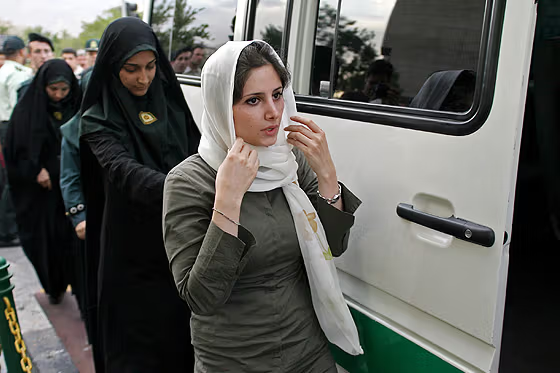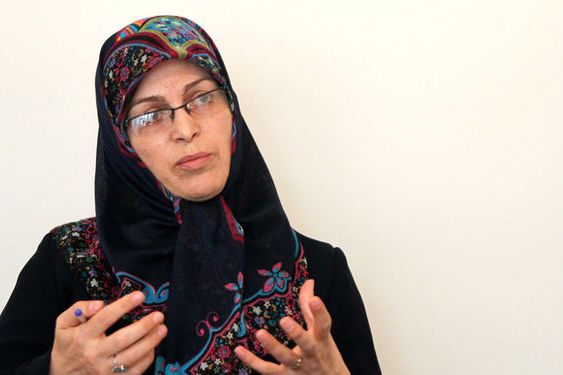Party Leader Says Mistreatment Of Women Triggered The Iranian Revolt

Some politicians and pundits in Iran warn that the government is again pushing the wrong policies that led to the recent wave of protests and uprising in Iran.

Some politicians and pundits in Iran warn that the government is again pushing the wrong policies that led to the recent wave of protests and uprising in Iran.
Criticizing the insistence of hard-liners on hijab, Azar Mansouri, the female leader of reformist Unity of Nation Party in Iran has argued that the reason why Iranian women burned their headscarves during the recent protests is that the government tried to impose a certain dress code on them in the name of religion.
She said in an article in Etemad newspaper that those who made this mistake did not understand that Islam came to give dignity to all human beings regardless of their gender. "What you are doing is like cutting off the branch you are sitting on," Mansouri told Iranian officials.
Mansouri said people remember viral videos before the protests that started in mid-September, in which a woman was begging the morality police not to arrest her ailing daughter, or many other videos that showed the police's brutality while arresting women for not fully respecting the dress code the government imposed on the people. "Mahsa Amini's death in custody flared up a fire that was under the ashes," Mansouri said in a statement that was identical with what centrist commentator Sadeq Zibakalam had said the previous day.
Mansouri quoted Iranian scholars as saying that "The Woman, Life, Freedom movement started as a result of accumulated dissatisfactions and the widening divides between the government and the Iranian society. She warned that the uprising could still re-emerge.

The politician expressed hope that the government will adopt a realistic policy about how to deal with the people and will start serious legal and structural reforms. However, she warned that what people hear from official podiums erodes any hope in reforms. She pointed out the arrest of Iranian artists for removing their hijab and heavy sentences for them, as well as the killing of many young men and women during the protests as an indication that reforms are unlikely in Iran.
Opposition to the government's heavy-handed approach to enforcing hijab and punishing detained protesters has been on the rise during the past days even by some Muslim clerics. Mohammad Ashrafi-Esfahani has said that "Executions carried out following recent protests are not based on sound legal foundations." He also pointed out that "many top clerics are silent about it because they think no one in the government will care for their attestations."
However, Ashrafi-Esfahani stopped short of saying that many top clerics fear retribution by the government if they speak against the hardliners who control the government and the Judiciary system and are supported by Supreme Leader Ali Khamenei. Nonetheless, the cleric said: "It might help if the leader in a bid to calm the situation tells the Judiciary to deal with prisoners compassionately. This will also be a good publicity for the Islamic Republic."
In her article in Etemad, Ms. Mansouri observed that Iranian women have expressed their opposition to the dress code imposed by the government all along in the past four decades. They have also objected to discrimination against women under the Islamic Republic. But nobody paid any attention to their grievances. She argued that there were no serious confrontations between women and the government until hardliners boldly introduced the morality police.
In the meantime, she said, a government-imposed glass ceiling prevented Iranian women's access to equal rights with men in the areas of education and employment. She concluded that it was this unfair treatment of women and ignoring their rights that triggered their revolt in September and what is now known as the ‘Woman, Life, Freedom’ movement.